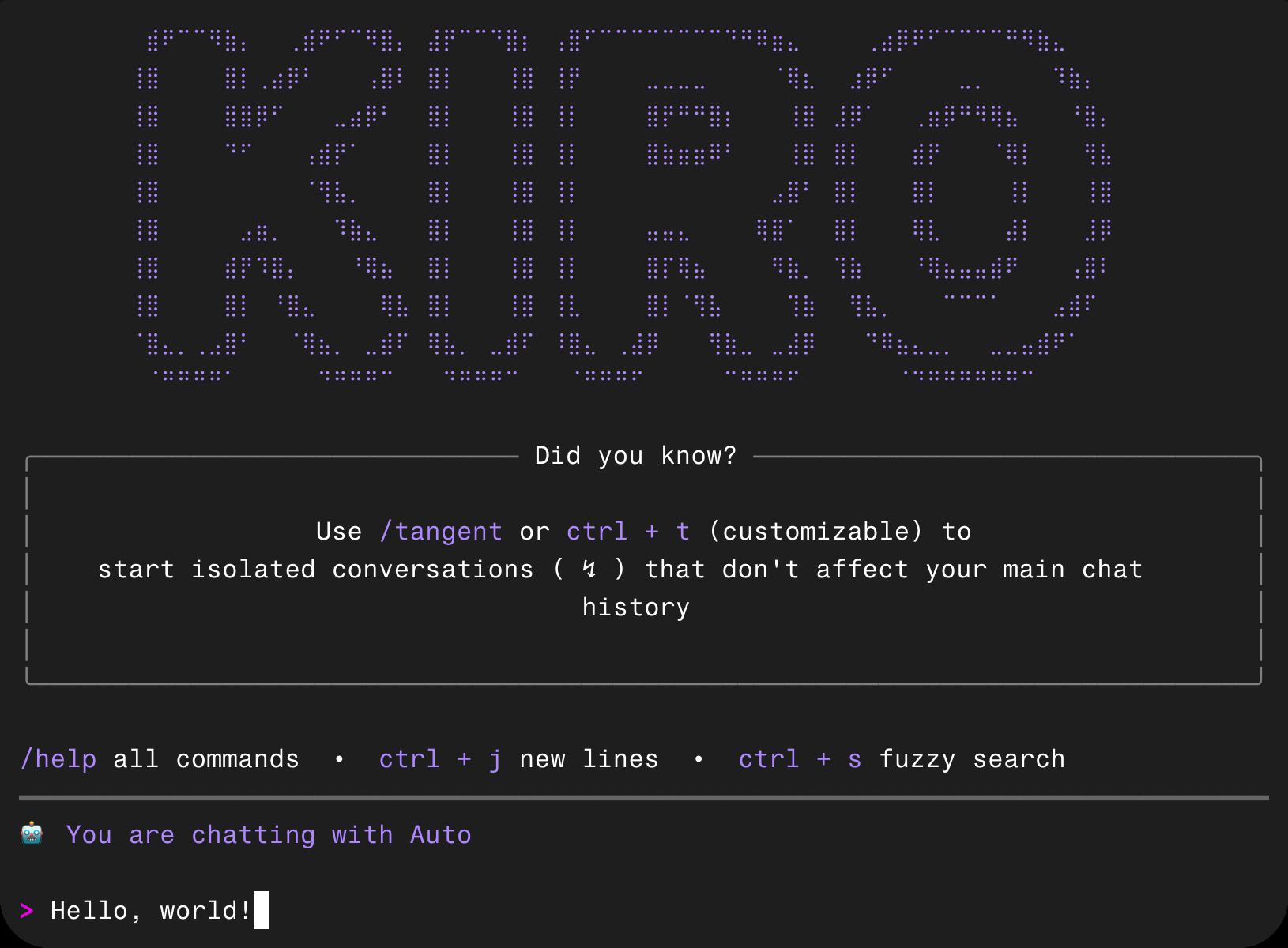
24 Nov 20255 minute read

24 Nov 20255 minute read

Kiro, the AI-driven development tool debuted by Amazon Web Services (AWS) back in July, has moved into general availability (GA). The release introduces support for running Kiro through a command-line interface (CLI), extending its use beyond the IDE and into terminal-driven workflows.
The GA update also brings a set of broader improvements across testing and workflow execution, building on Kiro’s focus on spec-driven software development rather than one-off code generation.

For context, AWS launched Kiro originally with a focus on going beyond fast, prompt-led “vibe coding” toward workflows grounded in a written specification. That specification becomes the basis for generating code, updating related files and documentation, and coordinating tasks across an agent-driven workflow.
This approach has come to be known as spec-driven development (SDD).
With Kiro now hitting GA, AWS has added a handful of updates that expand how spec-first workflows can be executed. The headline addition is CLI support, which allows Kiro to operate outside the editor.
The new CLI lets teams invoke tasks and generate implementations, and also interact with existing specifications directly from the command line — while full spec-creation support in the CLI is slated for a forthcoming release.
To get started, install the CLI using this command:
curl -fsSL https://cli.kiro.dev/install | bash
Property-based testing — another new feature introduced in the GA release — extracts rules and behavioural expectations directly from natural-language specifications and then generates large-sample test cases to validate whether an implementation consistently meets those requirements. AWS positions this approach under the label “spec correctness” to describe how well code aligns with its spec. Instead of relying on a handful of pre-written tests, the system evaluates edge cases and varied inputs to assess how robustly code adheres to the stated intent. The aim is to distinguish code that merely compiles and passes basic checks from code that meaningfully fulfils the specification.
In addition to spec-correctness testing, Kiro’s GA release also introduces checkpointing support, multi-root workspace handling, and dedicated team-subscription plans. These updates broaden where and how the tool can be applied, especially in enterprise or multi-module projects.
The broader movement toward spec-driven software development is gaining momentum. Spec Kit from GitHub provides an open-source toolkit of templates and CLI tools to drive workflows where specifications become executable artefacts. Meanwhile, startup Codeplain is building tooling that treats the spec as the single source of truth — changing a spec triggers code generation and validation, rather than diving into code directly. Adding to the landscape, too, is AI Native Dev-sponsor Tessl, which is positioning itself around spec-driven development.
While approaches differ, most tools share a common premise: moving beyond informal prompt-driven workflows toward environments where structure, traceability, and verification are built in from the beginning. This is especially relevant as AI systems generate larger portions of codebases, requiring stronger guarantees about consistency, compliance, and maintainability over time.
With Kiro now generally available, and competing efforts maturing across the industry, spec-driven development is taking shape as a distinct discipline. Whether it becomes the dominant model for AI-assisted software development remains an open question — but momentum is clearly building.